Types of building facades
7 Types of Building Facades You Should Know About
Building facade
What we need to know about the types of building facades is that the facade is the appearance and exterior of each building.
Facade design is one of the areas that architects pay a lot of attention to today
Because beauty and how the facade represents the art and quality of work of the architect and building designer.
The facade of a residential building can also reflect the tastes, interests, beliefs and traditions of the people.
Also, the appearance of each residential unit varies depending on environmental conditions such as climate, wind and storm, earthquake and the amount of air pollution in different areas.
Other factors influencing the display include insulation against cold and heat, sound insulation, earthquake resistance, impact resistance, frost resistance, fire resistance and resistance to detachment and falling from the facade. , Pointed to being applicable in high-rise buildings and being lightweight.
The facade of the building must be flexible in execution,
That is, it has materials that can be used in views with various geometric shapes.
Also, the facade of the building should be designed in such a way that, despite the protection of the indoor environment, it communicates well with the indoor environment.
For example, it is possible for light to shine inside or for an outdoor landscaping to be used.
The following are the types of building facades and some of the features of each:
Glass facades
All-glass facades have been used as building cover since modern architecture.
The use of glass facades, in addition to beauty, allows the use of maximum daylight.
Also, the use of 2 or 3 wall glass creates a very suitable sound and thermal insulation layer.
Use appropriate for the type of glass use also according to the glass with special capabilities (electric heated, smart glass, etc.)
It can have special advantages and disadvantages.
Disadvantages of glass facades include an excessive increase in the internal temperature of the building in the warm and temperate seasons of the year, a feeling of lack of thermal comfort in the cold seasons of the year, and high energy consumption and air pollution.

Aluminum Composite view
Composites are made up of a combination of two or more separate substances
The resulting material is stronger and more durable than any of the components.
Advantages of composite facade include lightness, ease of assembly, maintenance
However, composites perform poorly in terms of flexibility in execution.

Bayramix view
Bayramix is a combination of granite and marble stone beads with various beads and colors along with natural and artificial resins.
This composition is in the form of mortar and after drying, it looks like a decorative stone.
This type of facade can be applied to all walls, including wooden, stone, plastic, ceramic, cement and other walls.
The advantages of using Bioramix are:
1- Variety of colors
2- Easy maintenance and repair
3- Flexibility
4- Ability to wash with water
Bayramix can easily cover the unevenness of plastering. Despite its advantages, Bayramix facade has not been welcomed by the community of building engineers and contractors, because this facade does not match the cultural context and Iranian tastes, and it loses its aesthetic effect in a short period of time.
Stone facade
Building stone is considered as one of the best coatings for the exterior of the building. With the use of building stone, in addition to giving high durability to the building, thermal and acoustic insulation discussions can also be improved. Generally, travertine stone is used for the exterior of the building, which in addition to high adhesion, is an extremely beautiful color type.
has it. The stone should be selected according to the climatic conditions, for example, in cold and humid areas, the stone should have very low porosity, otherwise it may disintegrate due to frost, or in places where sandstorms may occur, the stone may be abrasion resistant. Have high abrasion. When performing stone facades with polished stones, the maximum safety measures should be observed for the strong connection of the stone with the body of the building; Otherwise, the stone is likely to separate from the building and fall.
Brick facade
Another type of facade is brick facade, which includes clay bricks and Chilean bricks. Brick facades, in addition to their beauty, variety and color stability, play the role of a thermal and cooling insulation for the building due to their low heat transfer coefficient.
Of course, one of its weaknesses is the possibility of dandruff. Today, dry facade systems are used to increase the safety factor as well as the strength of the facade. In this method, metal equipment is used to connect the bricks instead of mortar. In the normal reward view, due to the use of mortar, the execution speed is low. However, in the dry facade system, due to the lack of mortar, in high parts of the building, it is much faster and easier than other facades, such as brick facades.
The system also has access to periodic maintenance, especially in high-rise buildings, but it is costly for low-rise residential homes and is not commonly used.

Ceramic facade
Compared to stone facades, ceramic facades have lower prices and lower loads. Due to the controllable design, these views can give a special beauty to the exterior. Among the disadvantages of ceramic facades is that they are not insulated from cold, heat and sound. Also, ceramic facades are not used in crowded places due to the intense reflection of light.
Cement facade
Due to the appropriate resistance of cement to atmospheric factors
such as moisture and its lower price compared to other materials such as glass, brick, etc., they use cement to cover the outer walls.
Cement facades are known by various names such as Roman facade,
hammer facade, ax facade, old facade, washed cement facade, small facade and tegri facade.
These names are given according to the method of execution, the materials used and also the facade design.

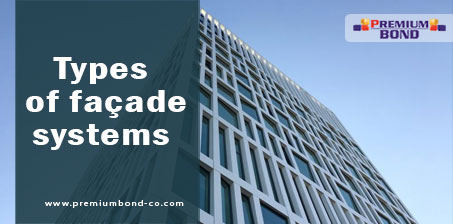

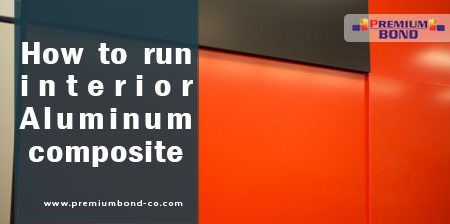
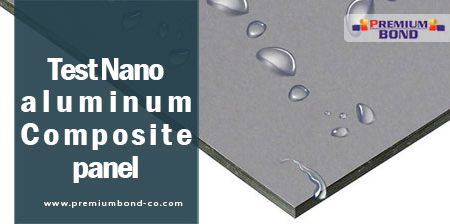
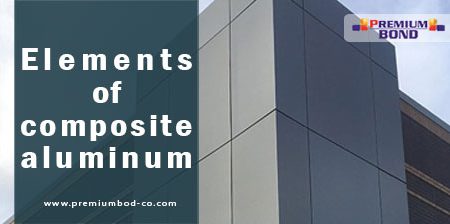
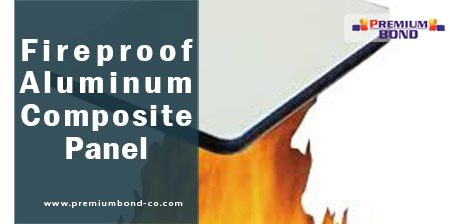
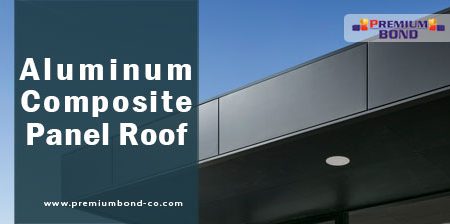
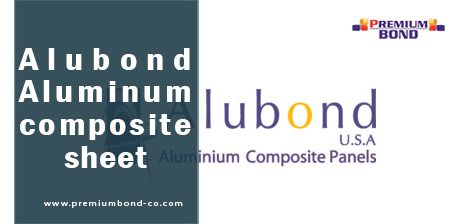
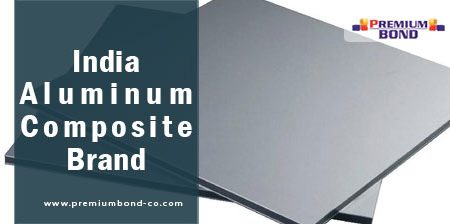
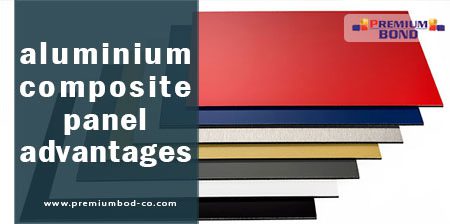

Leave a Reply